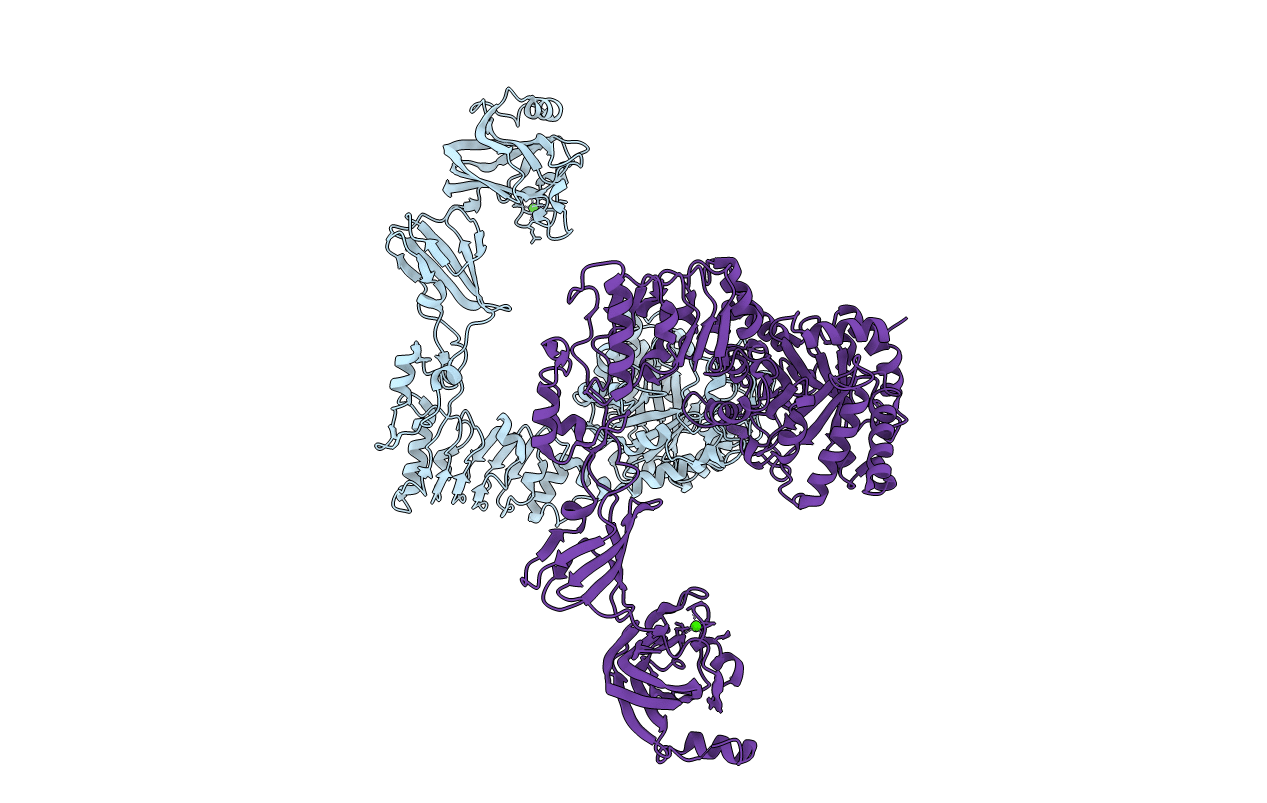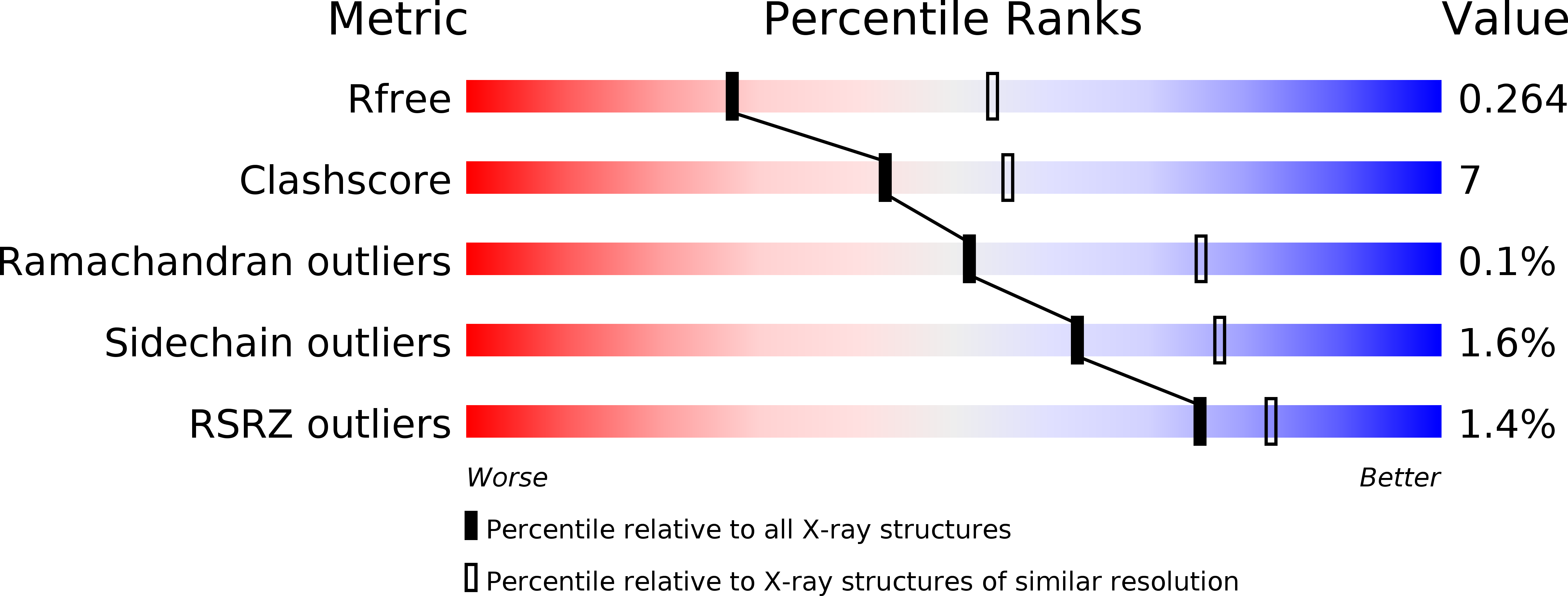
Deposition Date
2018-07-19
Release Date
2019-02-06
Last Version Date
2023-10-11
Entry Detail
PDB ID:
6E58
Keywords:
Title:
Crystal structure of Streptococcus pyogenes endo-beta-N-acetylglucosaminidase (EndoS2)
Biological Source:
Source Organism:
Streptococcus pyogenes M49 591 (Taxon ID: 294934)
Host Organism:
Method Details:
Experimental Method:
Resolution:
2.75 Å
R-Value Free:
0.26
R-Value Work:
0.20
R-Value Observed:
0.21
Space Group:
P 21 21 21


